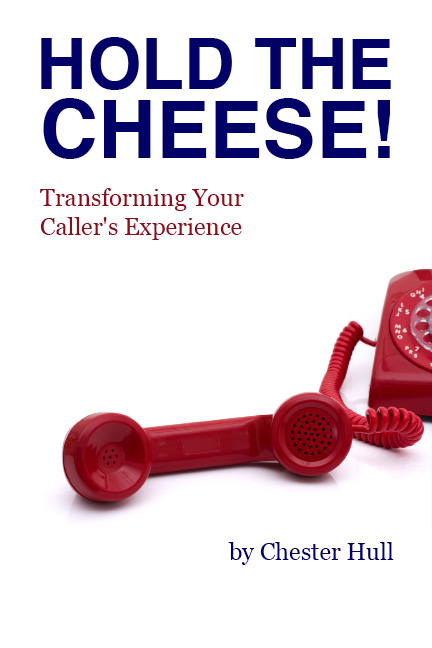 Have you ever seen a brand book? If you haven’t, you may not realize how much thought, detail, and specifics go into deciding how a brand image looks, how it’s used, and the proper ways to display it. If you’d like a really fun few minutes, take a look at Skype’s Brand Book. Go ahead…I’ll still be here when you get back.
Have you ever seen a brand book? If you haven’t, you may not realize how much thought, detail, and specifics go into deciding how a brand image looks, how it’s used, and the proper ways to display it. If you’d like a really fun few minutes, take a look at Skype’s Brand Book. Go ahead…I’ll still be here when you get back.
Pretty cool wasn’t it? I mean, they have a really fun approach that doesn’t feel like some dictator yelling at you for even *thinking* about doing something wrong.
But did you notice something? That brand book is 93 pages long. Yes…93 PAGES! Just to show you how to use the Skype logo!
Have you considered your AUDIO brand? How people experience the sounds your company produces is just as important as your visual brand elements.
What is Audio Branding?
Audio Branding describes the process of brand development and brand management by use of acoustic elements within the framework of brand communication. It is part of multi-sensory brand communication and holistic corporate design. Audio branding aims at building solidly a brand sound that represents the identity and values of a brand in a distinctive manner. The audio logo, brand music or the brand voice are characteristic elements of audio branding. (from the Audio Branding Academy)
This Audio Branding needs to be designed for any space where your customer can experience your company, it’s products or services.
- When they walk into your business, what music do they hear? What sounds in general? Is it consistent with your business image?
- When they call your business, what do they hear? Does your Auto-Attendant use the same voice throughout? Or is the voice of the receptionist that used to work for you but has been gone for a year?
- When that caller is On-Hold…can they still identify that it’s the same company?
Designing and implementing an “Audio Brand” is a critical piece of your overall Customer Experience.
[youtube]http://www.youtube.com/watch?v=gjKzFw3S5Nk[/youtube]
“Concerning the effect on the emotional level and the communication of the brand image, sound is more efficient than visual elements. By using acoustic touchpoints like music on-hold, phone mailboxes, and the company’s website, it is also possible for small and medium sized companies to do audio branding in a reasonable way.” Margarita Bochmann – Audi AG
Bob McCurdy created a very compelling presentation called the Power of Sound. (www.myradiocreative.com/powerofsound). In it, Julian Treasure, author of “Sound Business”, says:
“Sight and hearing must be considered the twin major senses for two reasons. First, they can both carry specific messages: we can say exactly what we want in either vision or sound. Second, sight and hearing can both be broadcast, and they are therefore the only two mass communication senses. So far, nobody has found a way of broadcasting smells or tastes.”
In 1999, (I know, the dark ages, right?) three scientists got together to study the effect of sound influencing product sales. Over a two week period, French and German music was played on alternate days from an in-store display of French and German wines. French music led to French wines outselling German ones, whereas German music led to the opposite effect on sales.
Obviously, sound plays a critical role in the emotional connection a customer makes to your product or company.
Sound is Engineered
Did you know that Mercedes employs 12 engineers who are dedicated to fine-tuning the sound of opening and closing doors? Mercedes takes their sound seriously!
The sound a Pringles potato chip can makes when opened is engineered to make you associate the product with freshness.
“Sonic branding is about getting something that sticks in someone’s head and is not going away, even if you’re not watching or not paying attention, you hear that sound and you know it.” Alex Moulton, Creative Director at Expansion Team
Brands you know by sound
How many of these brands can you identify by their signature sound?
Signature Sound #1
Signature Sound #2
Signature Sound #3
Signature Sound #4
Signature Sound #5
Signature Sound #6
Signature Sound #7
(See the logos while you play the signature sounds.)
Audio Branding is about much more then simply having your secretary voice the new Auto-Attendant greeting Audio Branding is as important to your customer as your visual brand. How important is it to you?
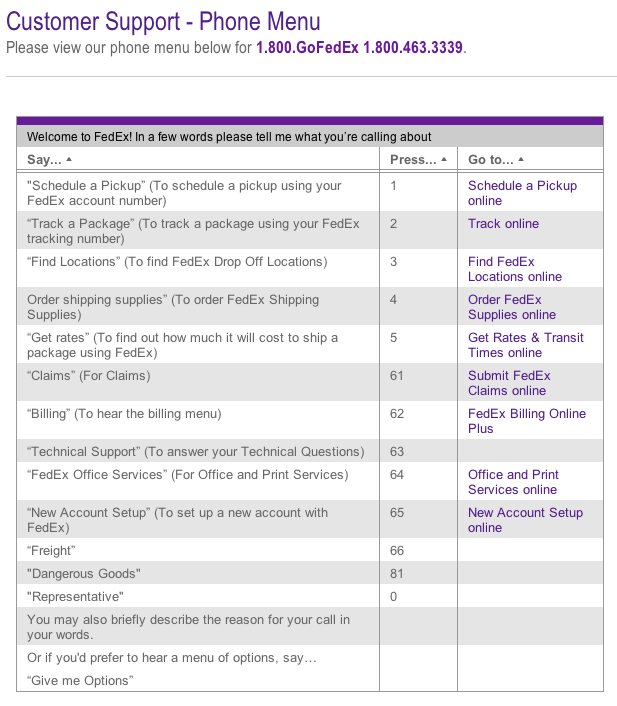
 Or: “The 5 Weirdest Ways Music can mess with your Mind”
Or: “The 5 Weirdest Ways Music can mess with your Mind”
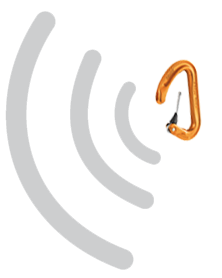
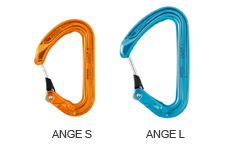 Just like the click of a closing carabiner is important to climbers, the unique sound of your company or product is important as well.
Just like the click of a closing carabiner is important to climbers, the unique sound of your company or product is important as well. Have you ever seen a brand book? If you haven’t, you may not realize how much thought, detail, and specifics go into deciding how a brand image looks, how it’s used, and the proper ways to display it. If you’d like a really fun few minutes, take a look at
Have you ever seen a brand book? If you haven’t, you may not realize how much thought, detail, and specifics go into deciding how a brand image looks, how it’s used, and the proper ways to display it. If you’d like a really fun few minutes, take a look at 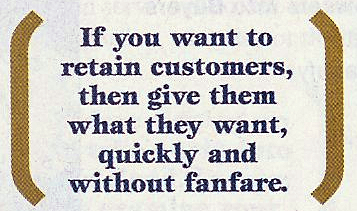 I didn’t write most of the headline. Credit for that goes to
I didn’t write most of the headline. Credit for that goes to 

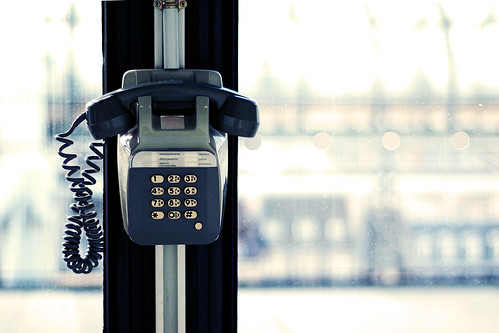

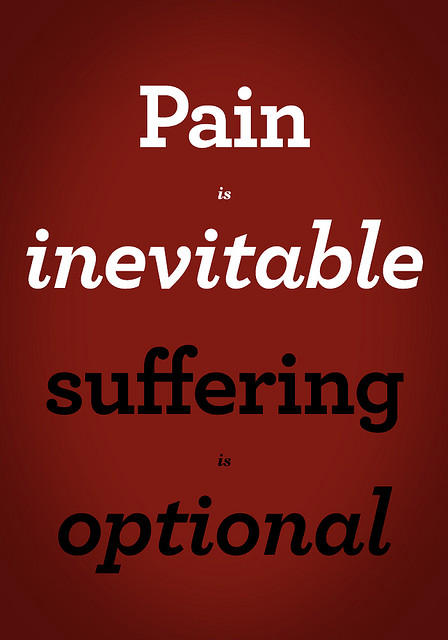
 Facebook
Facebook LinkedIn
LinkedIn Twitter
Twitter



